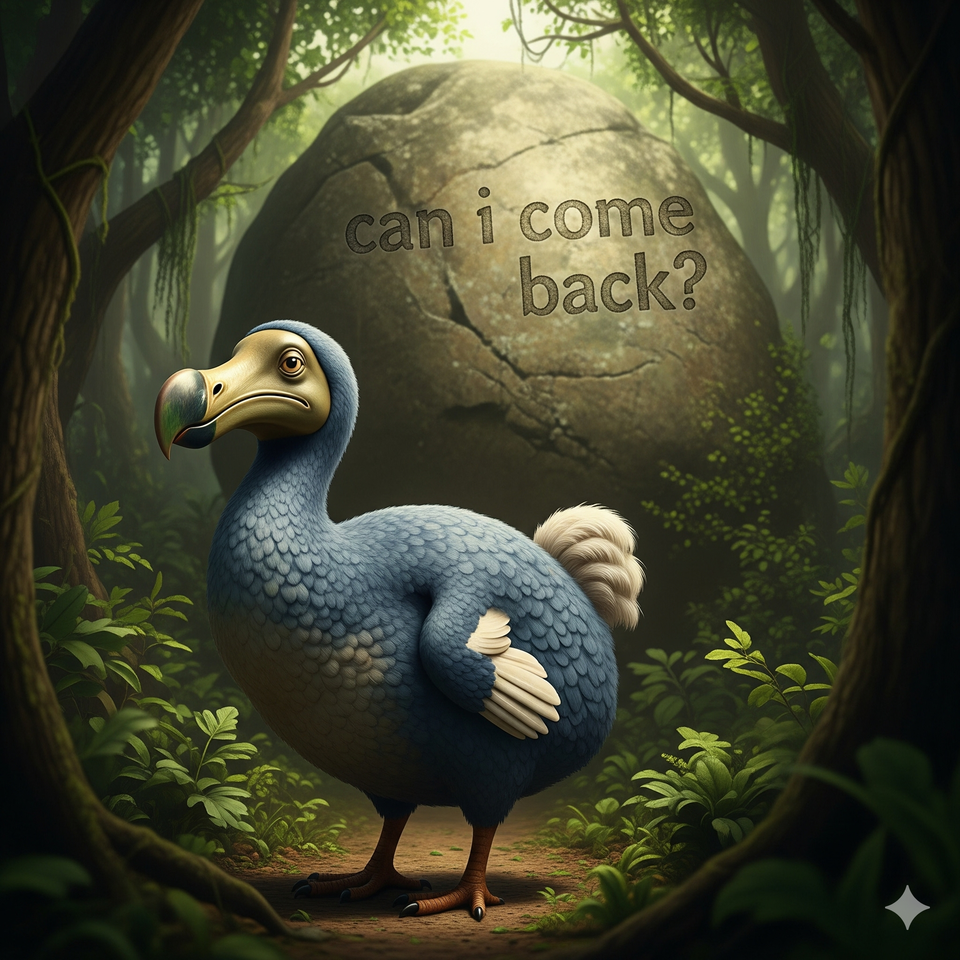The Sanyu Daily | Wednesday, September 17, 2025.

🤗 Mugyebaleko / Muli mutta/ Khodheyo / Ningo / Mi ngoni
Welcome welcome
📆 Today in History
In 1983, 20-year-old Vanessa Williams becomes the first Black woman to win the Miss America crown.
🌏And Elsewhere in Africa.
It's Heroes' Day in Angola. A day the national heroes are celebrated.
And on this day in 1978, the Camp David Accords were concluded, leading to a peace deal between Egypt and Israel
⁉️ Today's question in on 'Luwombo' - that traditional Ugandan dish wrapped in banana leaves.
What is Luwombo, and what makes its preparation unique?
Reply and we'll share your responses 2moro.
📰 Today, we want to dive into some science news.
Do you know the bird called 'DODO' ? The one on today's cover page.
It was a bird that could not fly and it lived on the island of Mauritius in the Indian Ocean.
It was large, heavy, gray-brown bird - with a hooked beak and small, useless wings - that lived in the forests of Mauritius. Because there were no natural predators on the island, the dodo lost its ability to fly and had no fear of humans.
When Portuguese & Dutch settlers arrived in the 1500s -the dodo numbers began to decline rapidly. And in the 17th century - It went extinct - with a last confirmed sighting in 1681.
Humans hunted this bird to extinction - plus the species such as rats, pigs & dogs preyed on dodo eggs in their nests.
But the DODO wants to "Comeback"
While the dodo is not "soon making a come back" in the sense of a guaranteed return, there is a serious and well-funded scientific effort underway to bring back a genetically-engineered version of the bird.
This process is known as "de-extinction."
Colossal Biosciences, a genetic engineering company in America, is funding de-extinction projects to bring back the dodo, the mammoth, and the Tasmanian tiger.
But since there are no more DODO cells to clone - the plan is to clone DODO's closest living relative - the Nicobar pigeon by editing his DNA to incorporate the traits that made the dodo unique, such as its size, beak shape, and flightlessness.
The Controversy and Challenges
Some people say that this money and efforts should be spent on protecting the current endangered species instead of trying to resurrect an animal that even nolonger has a habitat.
Mbu, even if it is recreated, there's no guarantee it would survive in the wild. The predators that led to its extinction—rats, cats, and pigs—are still present.
In short, while the dodo is not yet flying again, the scientific and technological advancements in genetic engineering have made its potential return a topic of serious discussion and a major ongoing project for some bioscience companies.
That's our science story for today.
The Sanyu Daily Team
💭 DAILY QUOTE
'It's not just about recreating the dodo's physical appearance; it's about understanding and replicating its behavior, diet, and all the other biological factors that would be necessary for survival' said a scientist.





